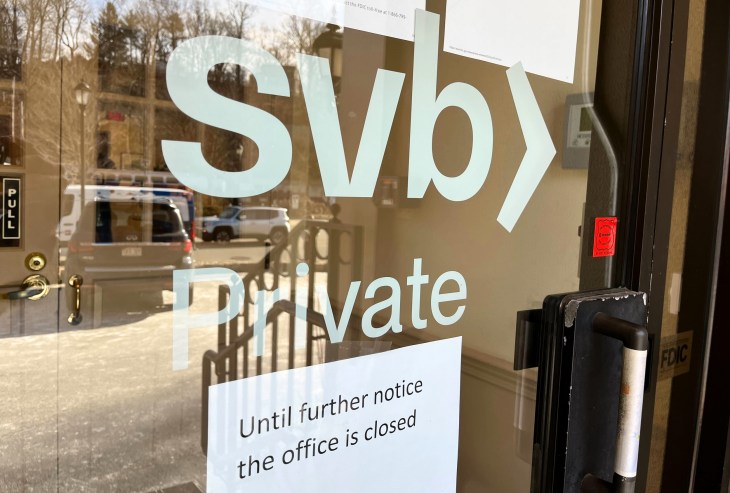The 2008 financial crisis caused Lehman Brothers, the fourth-largest investment bank in the United States, to declare bankruptcy. There was the largest bank failure since the Great Recession of 2008 and the second largest in the U.S. history on March 10, 2023. Silicon Valley Bank (SVB, the 16th largest bank), suddenly announced its bankruptcy, 48 hours after its assets could not repay its debts. Its collapse causes panic in the financial technology industry across the United States. According to SVB’s main service targets are technology start-ups in Silicon Valley, this moment is like the “Lehman moment of the technology industry”.

Federal Reserve’s monetary policy may influence the trend of the U.S. economy, which then has a greater impact on the financial system and the banking industry. The bankruptcy of SVB has a lot to do with the Fed raising interest rates fast and the poor regulations of the bank performed at the Fed. There was also a cryptocurrency bank before that, Silvergate Bank, which announced its closure on March 8, and, just after the collapse of SVB, Signature Bank was also declared closed by regulators. Those negative effects come from the Fed rate hike and the increasing interest rate has the original purpose of curbing high inflation.
Tracing the bankruptcy of Silicon Valley Bank, we can start the story from the second half of 2020, when the global economy began recovering. The Fed’s pledge to keep interest rates at zero has continued, and it implemented quantitative easing. Then most tech start-ups started getting a lot of fundings and investments, which led to a flood of cash on their hands for deposits to flow into SVB, nearly tripling its deposit size within two years. SVB invested the bulk of its cash in buying U.S. Treasuries and mortgage-backed securities (MBS) to earn more income. Generally, assets such as U.S. Treasury bonds and MBS can basically make money with losing nothing. From the financial report data of Silicon Valley Bank, it allocated 70% of the over 110 billion deposits newly in flowed in 2020-2021 on MBS.
Silicon Valley Bank bought a lot of long-term bonds, which is the fundamental decision-making error of its investment failure. Starting in 2021, the Federal Reserve raised interest rates continuously. Both the speed of the hike and the percentage of hikes exceeded market expectations. As a result, some financial institutions holding various dollar-denominated bonds such as U.S. Treasury bonds and MBS suffered a lot of losses. SVB’s bond holdings accounted for a large proportion of total assets. Then, problems arise. SVB affected by factors such as the economic downturn had difficulty in financing. The price of bonds held by Silicon Valley Bank then was falling, and it caused huge losses. Depositors are anxious to take out their deposits and make a transfer. The demand for withdrawals from banks increased, and it became difficult for banks to absorb deposits.
Silicon Valley Bank asked for bankruptcy protection in time and then the Federal Deposit Insurance Corporation (FDIC) took over it. However, the collapse of SVB further reflects that the core problem for Federal Reserve is that there is the dilemma between price stability and financial stability. If they can effectively resolve the bank failure crisis in the short term, interest rate hikes may continue, but the intensity may be restrained. While, the incident may continues to trigger more bank failures and market panic. In this case, the Fed may resolve the crisis by cutting interest rates, but after the monetary policy becomes loose again to stabilize the financial market in the short term, the persistently high inflation will make the Fed face more difficult challenges.
